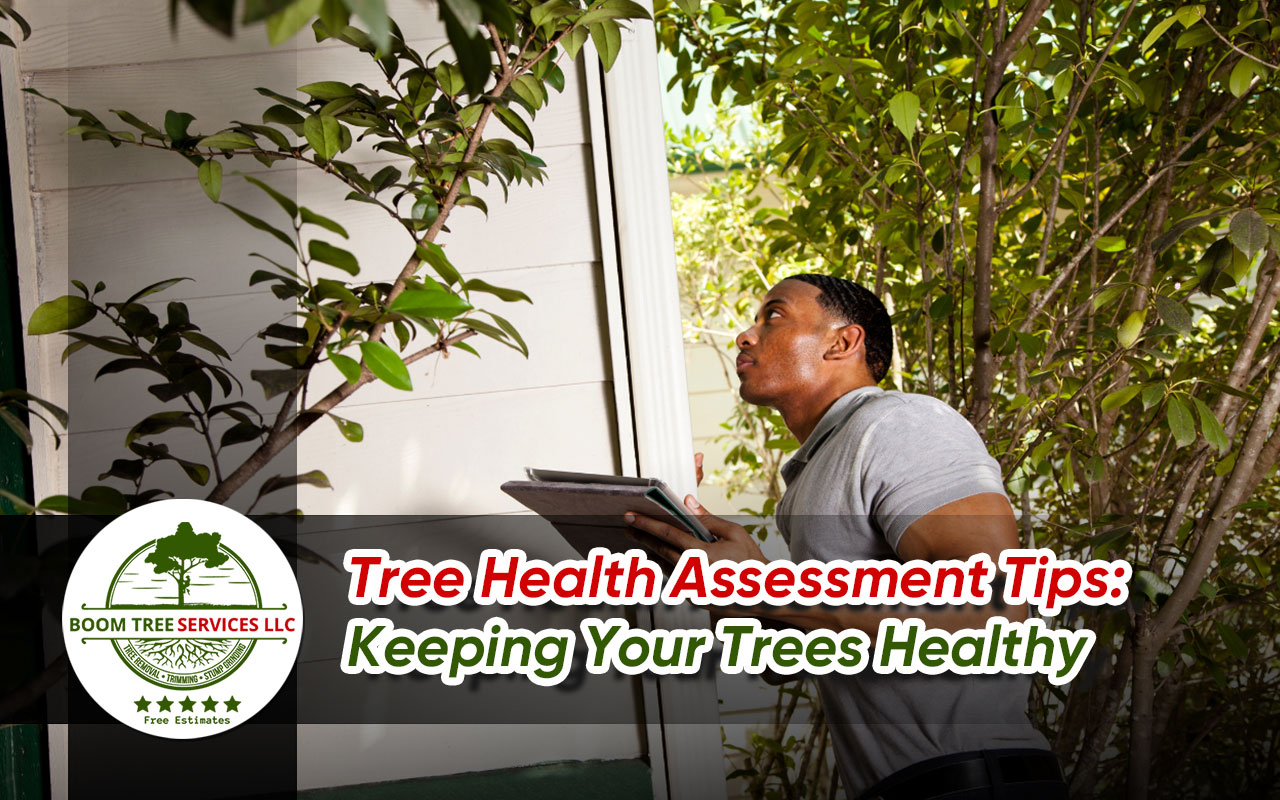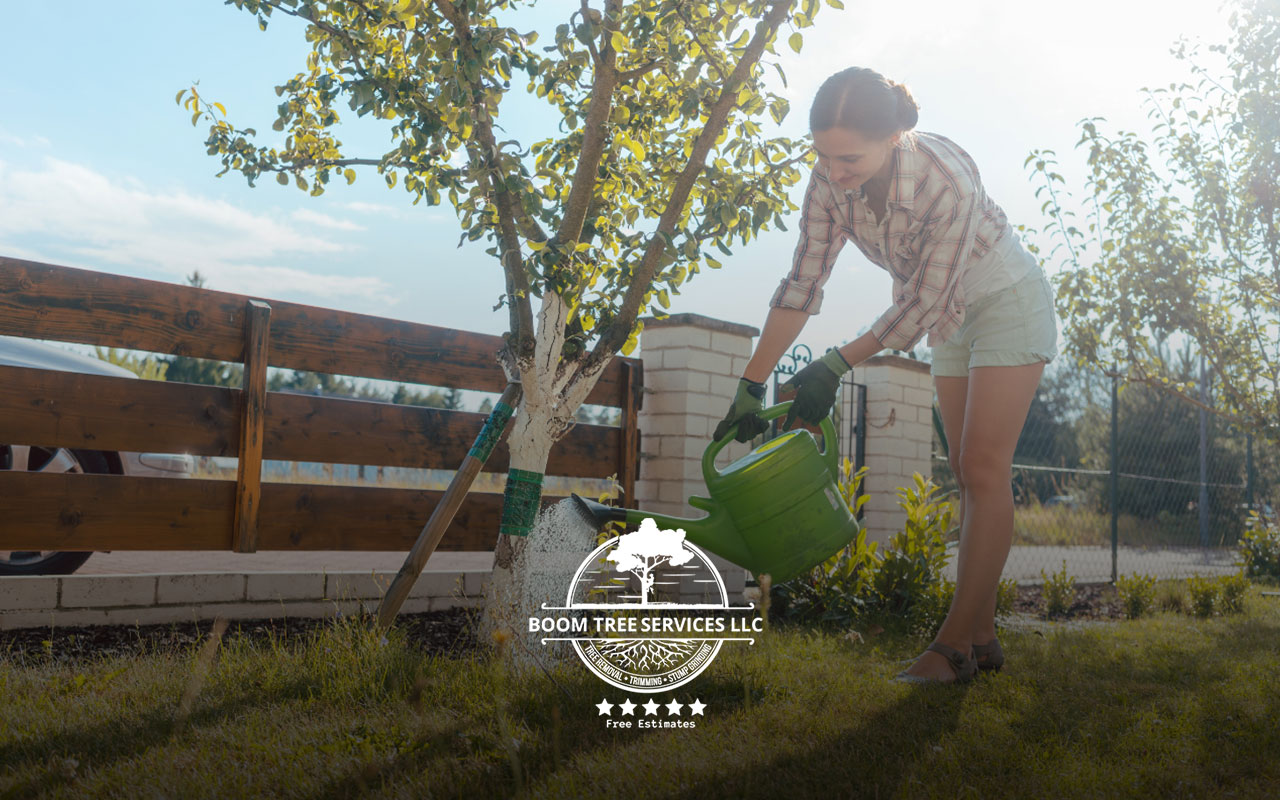
How do you keep your trees in peak condition? Understanding tree health assessment tips can be your first step toward a thriving garden. Every tree tells a story through its bark, leaves, and stance. Whether you’re a hobbyist or a professional landscaper, recognizing the signs of distress in your trees is crucial.
This blog offers essential tips for keeping trees healthy, supporting ecosystems, and beautifying your surroundings.
Mastering Tree Health Assessment Tips for Lush Growth
Understanding the health of your trees is crucial for maintaining a vibrant landscape. Here are detailed insights and practical steps to help you effectively assess and enhance tree health.
Recognizing Signs of Tree Stress
Trees communicate their health through subtle signs before visible damage becomes apparent:
- Discolored leaves or excessive leaf drops indicate nutrient deficiencies or disease.
- Brittle branches or sparse canopy may suggest root issues or water stress.
- Fungi or moss on the trunk can indicate internal decay or excessive moisture.
The Basics of Proper Tree Nutrition

Proper nutrition is foundational for healthy trees:
- Soil tests are crucial to understand the specific nutrient needs of your trees.
- Appropriate fertilizers should be used based on soil conditions to avoid nutrient burn or deficiency.
- Regular mulching helps retain soil moisture and provides a slow release of nutrients as it decomposes, benefiting tree health overall.
The Importance of Regular Pruning
Pruning is essential, not just for aesthetics but for the tree’s health:
- Remove dead or diseased limbs to prevent the spread of decay and pests.
- Enhance sunlight penetration and airflow within the canopy, which is crucial for the tree’s growth.
- Prune during dormancy for minimal impact on tree health, avoiding the stress of cutting during active growth phases.
Watering Wisely

Effective watering strategies are crucial, especially under varying climate conditions:
- Deep, infrequent watering encourages robust root growth, essential for stability and nutrient uptake.
- Drip irrigation can minimize evaporation and ensure water reaches the roots efficiently.
- Moisture monitoring with a soil probe can prevent over or under-watering, which are common issues that affect tree health.
Pest and Disease Management
Early detection and management of pests and diseases can save a tree:
- Regular inspections can catch issues before they become severe.
- Integrated pest management (IPM) strategies can effectively maintain tree health with minimal chemical use.
- Professional consultations with an arborist can provide targeted treatments and preventive strategies.
Environmental Factors Affecting Tree Health
Understanding and mitigating environmental stressors is critical:
- Protect trees from physical damage, such as lawnmowers and construction.
- Manage soil compaction, which can severely affect root growth and water absorption.
- In your tree care strategies, consider the impact of climate change on precipitation patterns, temperatures, and pest populations.
FAQs on Tree Health Assessment
Q: How often should I inspect my trees for health issues?
A: Conduct a thorough inspection at least once a season or as seasons change.
Q: What should I do if I notice pests or diseases?
A: Consult with an arborist for treatment options that are safe and effective.
Q: Can improper pruning harm my trees?
A: Yes, incorrect pruning techniques can lead to significant stress and vulnerability to diseases.
By incorporating these tree health assessment tips, you can ensure your trees remain a thriving part of your landscape for years. The key to healthy trees lies in responding to problems, proactive care, and regular maintenance.
Enhancing Tree Health with Proven Tips
Incorporating practical tree health assessment tips into your routine can significantly enhance the vitality and longevity of your trees. For that reason, it is important to recognize early signs of distress, provide proper nutrition, and manage environmental factors to keep your trees thriving and beautiful.
Act now to transform your landscape into a robust, green haven. Contact us for expert advice or assistance to keep your trees in top condition.

